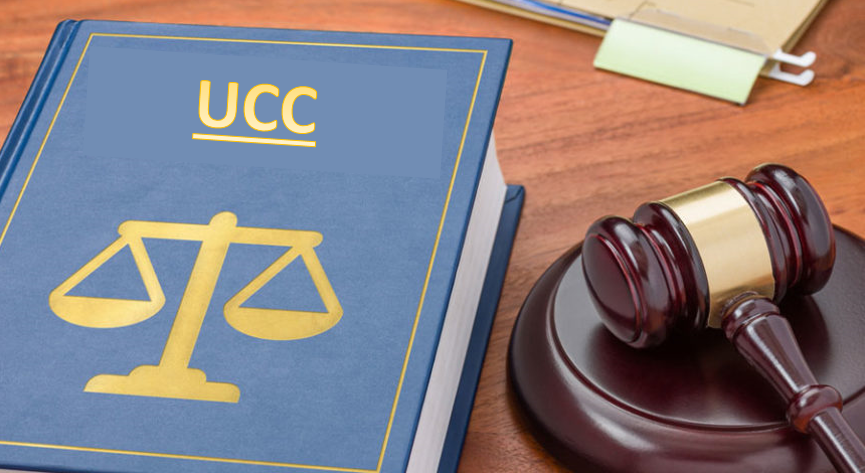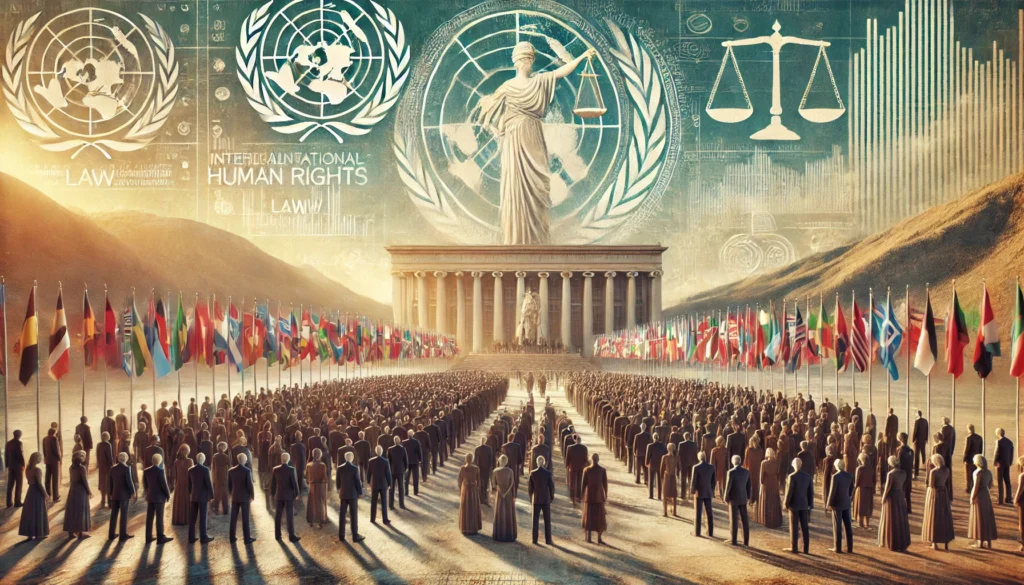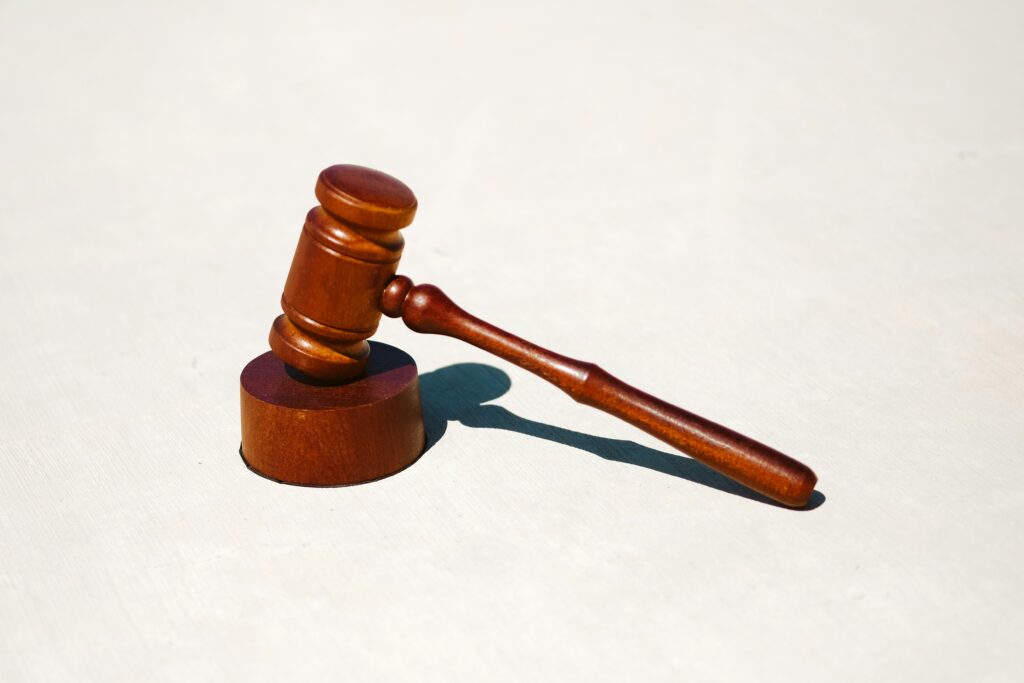Published On: September 30th 2025
Authored By: Aasma Khan
GJ Advani Law College
Abstract
The tension between hate speech and free speech is a critical constitutional challenge, as democratic societies seek to balance individual liberty with the prevention of harm. Free speech, essential for open discourse, is protected globally, but hate speech—expression inciting discrimination or violence based on attributes like race, religion, or caste—raises complex issues. This article examines the legal frameworks in the United States, Canada, the European Union, and India, with a special emphasis on India’s unique socio-cultural context and recent legal reforms under the Bharatiya Nyaya Sanhita, 2023 (BNS). It analyzes constitutional provisions, landmark cases, and statutory laws, highlighting India’s transition from the Indian Penal Code, 1860 (IPC) to the BNS. The article argues that while hate speech laws are necessary to address societal harm, vague or overly restrictive provisions risk stifling free expression. A nuanced, context-specific approach with clear legal standards is advocated to ensure proportionality and protect democratic values.
Introduction
Freedom of speech underpins democratic societies, fostering open discourse and individual autonomy. However, hate speech, targeting groups based on religion, caste, or other identities, can incite violence, perpetuate discrimination, and destabilize social cohesion. The digital age, with platforms like X amplifying divisive rhetoric, complicates regulation. This article explores how the United States, Canada, the European Union, and India balance hate speech and free speech, with a detailed focus on India’s legal framework, judicial precedents, and socio-cultural challenges. It examines the transition from the IPC to the BNS, effective July 1, 2024, and additional Indian case law to highlight the complexities of regulating hate speech in a diverse society.
Defining Hate Speech and Free Speech
Free Speech
Free speech is the right to express opinions without censorship, enshrined in the First Amendment of the U.S. Constitution, Section 2(b) of the Canadian Charter of Rights and Freedoms, Article 10 of the European Convention on Human Rights (ECHR), and Article 19(1)(a) of the Indian Constitution. It is globally recognized under Article 19 of the Universal Declaration of Human Rights (UDHR) as vital for democracy (Mill, 1859).
Hate Speech
Hate speech is expression promoting hatred, discrimination, or hostility against groups based on protected characteristics. The United Nations defines it as communication that “attacks or uses pejorative or discriminatory language” based on identity (UN, 2019). Distinguishing hate speech from protected offensive speech is challenging, particularly in diverse societies like India, where communal sensitivities amplify its impact.
Constitutional and Legal Frameworks
United States
The U.S. prioritizes free speech under the First Amendment, protecting even offensive expression. In Brandenburg v. Ohio (1969), the Supreme Court held that speech is unprotected only if it intends to incite imminent lawless action, is likely to produce it, and is directed at inciting it. Cases like Texas v. Johnson (1989) and National Socialist Party of America v. Village of Skokie (1977) upheld provocative speech, with exceptions for “true threats” (Virginia v. Black, 2003) and “fighting words” (Chaplinsky v. New Hampshire, 1942).
Canada
Canada balances free speech (Section 2(b) of the Charter) with “reasonable limits” (Section 1). Section 319 of the Criminal Code criminalizes incitement of hatred against identifiable groups if it risks breaching the peace. In R v. Keegstra (1990), the Supreme Court upheld these laws as justified to protect marginalized groups, prioritizing social harmony.
European Union
The EU regulates hate speech under Article 10 of the ECHR, allowing restrictions for public safety or others’ rights. The Framework Decision 2008/913/JHA mandates criminalizing hate speech inciting violence or hatred. In Handyside v. United Kingdom (1976), the European Court upheld the right to “shock, offend, or disturb,” but cases like Garaudy v. France (2003) justified restrictions on Holocaust denial due to historical context.
India
India’s approach is shaped by its diverse society, history of communal violence (e.g., 1984 anti-Sikh riots, 2020 Delhi riots), and constitutional framework. Article 19(1)(a) guarantees free speech, but Article 19(2) permits “reasonable restrictions” for public order, decency, morality, or national security. The IPC and its successor, the BNS, address hate speech, reflecting India’s need to curb communal tensions.
Indian Penal Code, 1860 (IPC)
Key IPC provisions included:
- Section 153A: Promoting enmity between groups based on religion, race, caste, or language (up to three years’ imprisonment).
- Section 295A: Deliberate acts to outrage religious feelings (up to three years’ imprisonment).
- Section 505: Statements causing public mischief or inciting community offenses (up to three years’ imprisonment).
Bharatiya Nyaya Sanhita, 2023 (BNS)
The BNS, effective July 1, 2024, replaces the IPC, streamlining sections from 511 to 358 and introducing new provisions:
- Section 351 (replacing IPC Section 153A): Criminalizes promoting enmity between groups, with up to three years’ imprisonment, a fine, or both.
- Section 299 (replacing IPC Section 295A): Penalizes acts outraging religious feelings, with up to three years’ imprisonment, a fine, or both.
- Section 352 (replacing IPC Section 505): Addresses public mischief or incitement, with up to three years’ imprisonment.
- Section 152 (replacing IPC Section 124A): Replaces sedition with acts “endangering sovereignty, unity, and integrity,” clarifying that criticism seeking legal change is not an offense.
- Section 117(4) (new): Punishes grievous hurt by five or more persons based on race, caste, or community (up to seven years’ imprisonment).
- Section 103(2) (new): Criminalizes murder by five or more persons based on race, caste, or community, addressing mob lynching (death, life imprisonment, or fine).
The BNS introduces community service for minor offenses like defamation (Section 354, replacing IPC Section 499) and updates terminology for sensitivity (e.g., “mental illness” instead of “unsound mind” in Section 22).
Indian Judicial Precedents
The Supreme Court of India has shaped hate speech regulation:
- Shreya Singhal v. Union of India (2015): Struck down Section 66A of the Information Technology Act for vague restrictions on online speech, emphasizing precise legal standards and a high threshold for restrictions.
- Pravasi Bhalai Sangathan v. Union of India (2014): Clarified that hate speech must pose a clear and present danger to public order, cautioning against overbroad application.
- S. Rangarajan v. P. Jagjivan Ram (1989): Upheld free speech in the context of a film ban, ruling that speech cannot be suppressed merely because it offends sentiments; it must directly threaten public order.
- Amish Devgan v. Union of India (2020): Addressed hate speech by a journalist accused of derogatory remarks against a religious figure. The Court emphasized that hate speech must be assessed contextually, considering intent, impact, and societal context, and upheld restrictions only when public order is directly threatened.
- Ramji Lal Modi v. State of U.P. (1957): Upheld the constitutionality of IPC Section 295A, affirming that deliberate acts to outrage religious feelings are validly restricted under Article 19(2).
- Arup Bhuyan v. State of Assam (2011): Ruled that mere membership in a banned organization does not constitute incitement, reinforcing that speech must actively incite violence to be restricted.
India’s diverse society amplifies the need for hate speech laws, but selective enforcement—often targeting minorities or dissenters—raises concerns. For example, comedians and writers have faced charges under Section 295A for satire, while majoritarian hate speech sometimes goes unpunished, highlighting inconsistencies.
International Standards
Article 19 of the ICCPR protects free expression, while Article 20 prohibits advocacy of hatred inciting discrimination, hostility, or violence. The Rabat Plan of Action (2012) provides a six-part test: context, speaker, intent, content, dissemination, and likelihood of harm. These standards guide India’s approach, emphasizing proportionality to avoid chilling legitimate speech.
The Digital Age and Online Hate Speech
Platforms like X amplify hate speech, complicating regulation. The U.S.’s Section 230 of the Communications Decency Act (1996) shields platforms from liability. The EU’s Digital Services Act (2022) mandates removing illegal content. India’s Information Technology (Intermediary Guidelines and Digital Media Ethics Code) Rules, 2021 require platforms to remove unlawful content within 36 hours of orders. The Shreya Singhal case underscored precise online speech laws. In India, online misinformation during elections or religious events often fuels communal violence, prompting frequent internet shutdowns and takedown orders, which risk censoring dissent.
Philosophical and Practical Considerations
John Stuart Mill (1859) argues that open discourse is essential for truth, and suppressing speech risks censorship. Jeremy Waldron (2012) counters that hate speech undermines dignity, justifying restrictions. In India, vague provisions like BNS Section 299 risk misuse against dissent, as seen in cases against activists for social media posts. India’s communal sensitivities require context-specific laws, but selective enforcement undermines fairness.
Case Studies and Comparative Analysis
United States: Brandenburg v. Ohio (1969)
Established the “imminent lawless action” test, prioritizing free speech unless harm is immediate.
Canada: R v. Keegstra (1990)
Upheld hate speech laws to protect marginalized groups, prioritizing social harmony.
European Union: Garaudy v. France (2003)
Upheld Holocaust denial laws, reflecting historical sensitivity.
India: Amish Devgan v. Union of India (2020)
Emphasized contextual assessment of hate speech, requiring intent and impact analysis.
Comparative Insights
The U.S. prioritizes individual liberty, Canada and the EU emphasize harm prevention, and India’s BNS reflects communal sensitivities but risks misuse due to vague provisions and political pressures.
Challenges and Future Directions
1.)Defining Hate Speech: Vague BNS provisions enable misuse; clear definitions are needed.
2.)Online Regulation: Jurisdictional conflicts require international cooperation.
3.)Cultural Context: India’s diversity demands context-specific laws, but enforcement must be impartial.
4.)Proportionality: Restrictions must balance harm prevention with free speech.
Future approaches should include judicial oversight, clear legal standards, and counter speech to promote positive dialogue.
Conclusion
Balancing hate speech and free speech is a constitutional challenge. The U.S. prioritizes free speech, Canada and the EU focus on harm prevention, and India’s BNS refines IPC provisions to address communal tensions. Judicial precedents like Shreya Singhal and Amish Devgan emphasize precision and context. International standards advocate proportionality, and digital platforms necessitate global cooperation. A nuanced approach with clear standards is essential to protect democratic values while mitigating hate speech harms.
References
- Brandenburg v. Ohio, 395 U.S. 444 (1969).
- Chaplinsky v. New Hampshire, 315 U.S. 568 (1942).
- Texas v. Johnson, 491 U.S. 397 (1989).
- National Socialist Party of America v. Village of Skokie, 432 U.S. 43 (1977).
- Virginia v. Black, 538 U.S. 343 (2003).
- R v. Keegstra, [1990] 3 S.C.R. 697.
- Handyside v. United Kingdom, (1976) 1 EHRR 737.
- Garaudy v. France, (2003) ECHR 65831/01.
- Shreya Singhal v. Union of India, (2015) 5 SCC 1.
- Pravasi Bhalai Sangathan v. Union of India, (2014) 11 SCC 477.
- S. Rangarajan v. P. Jagjivan Ram, (1989) 2 SCC 574.
- Amish Devgan v. Union of India, (2020) SCC OnLine SC 994.
- Ramji Lal Modi v. State of U.P., AIR 1957 SC 620.
- Arup Bhuyan v. State of Assam, (2011) 3 SCC 377.
- Mill, J. S. (1859). On Liberty. London: John W. Parker and Son.
- Waldron, J. (2012). The Harm in Hate Speech. Cambridge, MA: Harvard University Press.
- United Nations. (2019). United Nations Strategy and Plan of Action on Hate Speech.
- Rabat Plan of Action. (2012). United Nations Office of the High Commissioner for Human Rights.
- European Convention on Human Rights. (1950). Council of Europe.
- Framework Decision 2008/913/JHA. (2008). European Union.
- Communications Decency Act, Section 230 (1996). United States.
- Digital Services Act. (2022). European Union.
- Information Technology (Intermediary Guidelines and Digital Media Ethics Code) Rules. (2021). India.
- Indian Penal Code, Sections 153A, 295A, 505 (1860).
- Bharatiya Nyaya Sanhita, Sections 103, 117, 152, 299, 351, 352, 354 (2023).
- Constitution of India, Articles 19(1)(a), 19(2) (1950).
- Universal Declaration of Human Rights. (1948). United Nations.
- International Covenant on Civil and Political Rights. (1966). United Nations.



